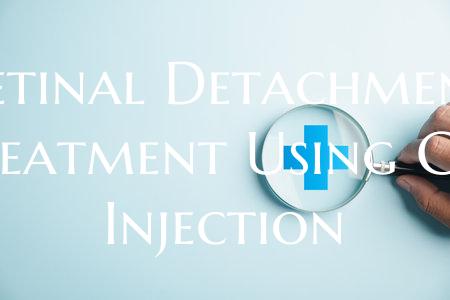
Retinal Detachment Treatment Using Gas Injection
Retinal detachment is a serious eye condition that requires prompt treatment to prevent permanent vision loss. One effective treatment method that ophthalmologists use is gas injection combined with laser or cryotherapy to repair the detached retina.
Gas injection is a minimally invasive procedure that involves injecting a small bubble of gas into the eye to push the detached retina back into place and hold it in position while it heals. The gas bubble temporarily fills the space between the retina and the back of the eye, allowing the retina to reattach to its proper position and regain its function.
The gas bubble acts as a temporary support for the retina, providing stability and promoting healing. During the procedure, the ophthalmologist will carefully inject the gas bubble into the vitreous cavity of the eye using a tiny needle. The patient may need to maintain a specific head position for a period of time to ensure that the gas bubble stays in the right position to support the retina.
In some cases, the ophthalmologist may also perform laser photocoagulation or cryotherapy to create small scars on the retina or eye wall. These scars help secure the retina in place and promote permanent reattachment.
After the procedure, patients will need to follow specific instructions provided by their ophthalmologist to ensure the success of the treatment. This may include avoiding certain activities, maintaining a specific head position, and attending follow-up appointments to monitor the progress of the retina reattachment.
Overall, gas injection combined with laser or cryotherapy is a highly effective treatment for retinal detachment. It helps restore vision and prevent further vision loss, allowing patients to regain their quality of life and visual function. If you experience symptoms of retinal detachment such as sudden flashes of light, floaters, or a curtain-like shadow in your field of vision, it is important to seek immediate medical attention to prevent permanent vision loss. Your eye care provider can determine the most suitable treatment approach for your specific condition.